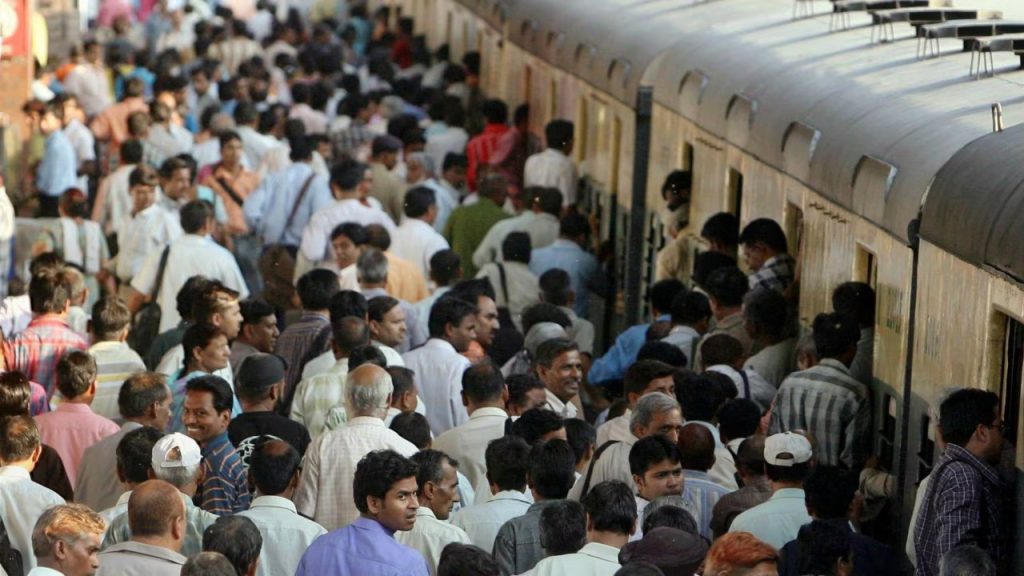One of the key indicators of the health of an economy is the size of its middle class. A burgeoning middle class means a robust economy where consumption keeps pace with the economy’s growth. In India, that is Viksit Bharat, amid all the tall claims about the fastest GDP growth and the ambitious projections of a five trillion dollar economy this middle class appears to be shrinking. Suresh Narayanan, Chairman and Managing Director of FMCG giant Nestlé India, recently flagged the stagnating income and consumption of the middle class, while releasing the company’s quarterly results. “There used to be a middle segment – the middle-class – where most of us FMCG companies used to operate in. That seems to be shrinking,” Narayanan said as the company reported its slowest quarterly growth in eight years. The market has become polarised, with premium consumption staying relatively robust, while the middle segment—where the majority of FMCG companies operate—is contracting, he went on to add.
The shrinking middle class comes on top of an ever widening income inequality which has been highlighted by numerous studies of national and international repute. Consider the case of car sales. While on the one hand there is a growing demand for SUVs and other premium vehicles, the demand for entry-level cars is lacklustre. This indicates that the two-wheeler owner, a part of the country’s middle class, is finding it difficult to upgrade to a four-wheeler.
Another clear indication that the middle class is holding off on purchases ahead of the festive season is the huge and unprecedented inventory of 700,000 vehicles worth `86,000 crore with the auto dealers of the country. The stock of passenger cars with dealers has surged by 75 per cent compared to the same period last year, implying a significant drop in demand.
A Pew Research Center analysis of 2021 found that the middle class in India is estimated to have shrunk by 32 million in 2020 as a consequence of the economic downturn on account of the COVID-19 pandemic. This accounted for 60 per cent of the world wide retreat in the number of people in the middle-income tier (people with incomes of $10.01-$20 a day). The Pew study also revealed that the number of people who were poor in India (with incomes of $2 or less a day) is estimated to have increased by 75 million because of the pandemic-induced recession, accounting for nearly 60 per cent of the global increase in poverty.
The years following the pandemic saw India registering the fastest GDP growth among the major economies. However, it was a K-shaped recovery in growth where the rich thrived, while the poor and middle income segments struggled and went down. This resulted in a K-shaped trend in consumption, with premium segments flourishing while middle segments remaining sluggish or declining. It should also be noted here that the high GDP numbers were a result of massive government spending on infrastructure and other sectors and not because of consumer spending.
Yet another indicator of the plight of the middle class is the declining savings rate of the economy. India has always been a nation of savers, with families setting aside a considerable portion of their income for future security, often at the cost of immediate consumption requirements. However, recent trends indicate a troubling shift. According to the Reserve Bank of India (RBI), net household savings have reached their lowest level in 47 years. In financial year 2022-23, savings fell to 5.3 per cent of the GDP, a decline from 7.3 per cent in 2021-22, the RBI noted.
All these point to a sagging economy where incomes remain stagnant and prices of essentials spiral out of control. Unless these economic issues are addressed, these may well lead to unforeseen misery. Unfortunately there is none who has the political will to address this current situation.
